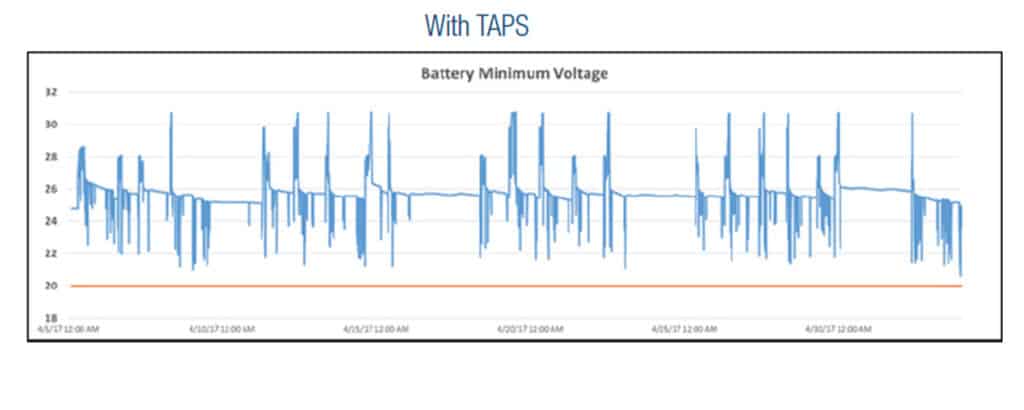Common questions about fuses include, “What is a fuse?” and “How do I know if my fuse is blown?
Basically, a fuse is a protective electronic component in a circuit, and it will break if there is an overload of amperage or current flow. It protects the power source as well as the load. The load is whatever you are trying to power—anything from a light bulb to a head lamp in a vehicle, a circuit board, or the air conditioner in your home. Because a fuse is simply a protection device, it’s also the weakest link in any circuit because if there’s a fault, the fuse is where the fault is going to stop.
There are several different styles of fuses that Purkeys uses. Shown in the video, we have the blade type (mini, midi, and maxi), plug-ins, bolt-on (mini, maxi, and universal), cartridge (used even in multimeters), and a fuse cube.
If there is an overload of current in any circuit, the fuse will blow in order to stop all current flow to the load, preventing damage to the circuit. In the video, an example is shown of a burnt post on a circuit board that was not properly protected by a fuse.
How to Check if a Fuse is Blown
There are a couple of ways to tell if a fuse is blown. The first is a visual inspection. If you can see the filament inside the fuse, you can see if it appears to be intact. However, for fuses that you can’t check visually, or that may have only a small break in the filament, the best way to test them is with a multimeter.
Set the multimeter to the ohms setting. Turn on the tone (for most multimeters, this is accomplished by pressing the “mode” button until a sound icon appears on the multimeter screen). Test that the tone is functioning by touching the leads together. If the multimeter emits a beeping sound, you’re ready to proceed.
While it is not necessary to use the tone on the multimeter, it makes it easy to know if the fuse is functioning properly, especially if the fuse is in a difficult to reach location. Place one multimeter lead on each side or connection of the fuse. If the multimeter sounds, the fuse is good. If not, the fuse is bad and needs to be replaced.
When replacing a fuse, it is essential that the new fuse is the same type as the old one. If you replace a fuse with one that allows a larger current to pass through, you risk damaging the circuit (possibly causing an electrical fire) that the fuse is meant to protect.
Find out more about Purkeys products or contact our team for more information today!



